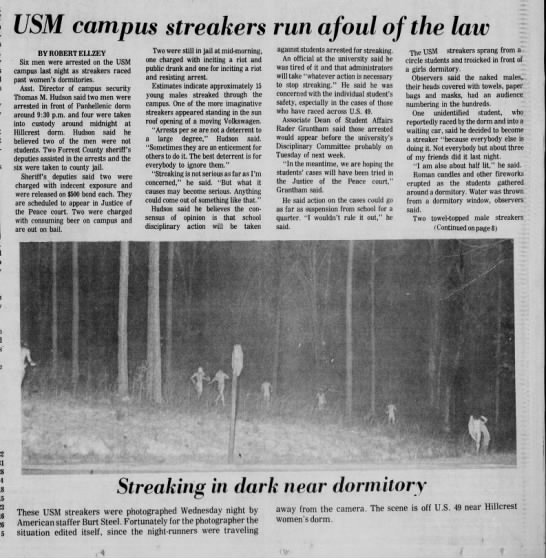Celebration of Life, Louisiana
In June 1971, almost two years after Woodstock, promoters in Louisiana planned the biggest rock festival ever, an 8-day extravaganza featuring a galaxy of stars like B.B. King, the Beach Boys, Miles Davis, Pink Floyd, Chuck Berry, Ike & Tina Turner, and many others.
(Photo by LIFE photographer Bill Ray)
However, locals at the festival site succeeded in getting it banned, so it had to move, and then the same thing happened and it had to move again. The final move was to a tiny farming town called McCrea, Louisiana, on the banks of the Atchafalaya River, only three days before the festival was due to start, which was an impossibly short time to set things up.
Everything that could go wrong did. There was not enough food, water or sanitary facilities. Drugs were plentiful, of course. Police blocked people from coming in, resulting in lines of cars stretching for miles. Finally, the police realized that the people in the lines of cars had no food, water, or sanitary facilities, either. So the police gave up and let everyone in – an estimated 60,000 people.
June in Louisiana is hot and humid, and there was no shade on the festival site. A lot of clothing came off, providing a bonanza for the mosquitoes. While putting up scaffolding for the stage, the scaffolding collapsed and a pole impaled one of the workers clear though his body. He was taken to a hospital and apparently survived, but it was an ominous start to the festival.
(Photo by LIFE photographer Bill Ray)
The only relief from the heat was the adjacent Atchafalaya River. Locals didn't swim in the Atchafalaya – it's too big, strong, swift, and dangerous. But people at the festival flocked there. As it turned out, at least three people drowned.
(Photo by LIFE photographer Bill Ray)
Others covered themselves with mud, which was plentiful, and then washed it off in the river. Many of the bands cancelled, though others did arrive and play. Everyone now agrees that 8 days was too long for a rock festival, especially in such a location with almost no facilities. Rolling Stone called the festival "one of the truly epic debacles in live music history." Stephen Fromholtz, a singer-songwriter who was part of Stephen Sills' band, said "Folks died in that swamp. It was nasty-nasty. Festival of death, seemed like to me."
(Photo by LIFE photographer Bill Ray)
A final note on why the Atchafalaya River is so powerful. It's explained in the book The Control of Nature by John McPhee, which I highly recommend. The book covers three cases of man trying to control nature. One of these is the Atchafalaya. Big rivers like the Mississippi dump silt at the river's mouth until it builds up too much; then the river changes course to dump the silt somewhere else. That's what forms a river delta. The Atchafalaya carries some of the Mississippi's flow from 300 miles above New Orleans to the Gulf of Mexico. If left unchecked, the entire Mississippi would have changed course into the Atchafalaya, leaving New Orleans dry. So, the Army Corps of Engineers has blocked most of that flow with dams, levees and other structures. However, the Atchafalaya still drains 30 percent of the Mississippi River's water. 30 percent of the Mississippi is a lot of water.






















































